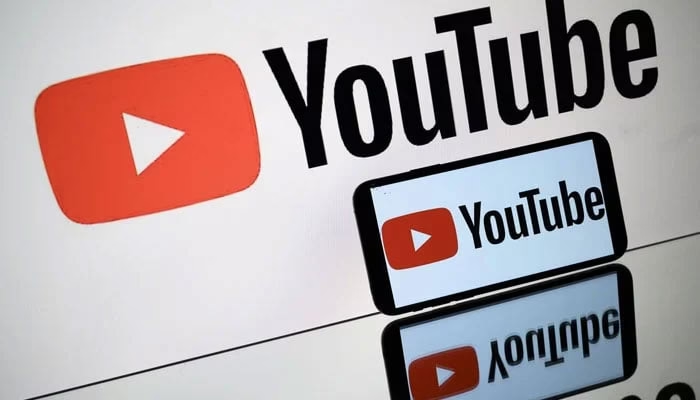The recently finalized YouTube TV and Fox agreement ensures that millions of subscribers will continue to enjoy uninterrupted access to Fox News, Fox Sports, and other major Fox-owned channels. This deal comes after weeks of uncertainty during negotiations between Alphabet-owned YouTube and Fox Corporation, where the possibility of channel blackouts had raised concerns among subscribers and regulators alike.
Why the YouTube TV and Fox Agreement Matters
Streaming has rapidly become the primary way many Americans consume news, sports, and entertainment. According to Statista, YouTube TV surpassed 8 million subscribers in 2024, making it one of the largest live TV streaming services in the U.S. Losing access to Fox channels could have created significant dissatisfaction among its users, especially during major sporting events like college football and the NFL season.
The YouTube TV and Fox agreement not only protects these viewers from disruptions but also highlights the growing importance of carriage negotiations in the streaming era. With Fox demanding higher fees comparable to, or above, what other partners receive, YouTube TV was faced with the challenge of balancing content costs while maintaining affordable subscription pricing.
The Negotiation Process Behind the YouTube TV and Fox Agreement
Earlier this week, YouTube had been locked in intense negotiations with Fox. Reports indicated that Fox sought payments above those received by competitors providing similar content, leading to the risk of a blackout. To buy more time, YouTube secured a temporary extension with Fox on Wednesday, preventing any immediate removal of channels.
Finally, on Thursday, both companies announced that a long-term YouTube TV and Fox agreement had been reached. While financial terms remain undisclosed, the resolution ensures Fox News, Fox Sports, and other major Fox properties will stay available to subscribers.
This type of dispute is not new in the streaming industry. Earlier this year, YouTube TV also faced contract challenges with Paramount Global before reaching a deal to maintain access to CBS, Nickelodeon, Comedy Central, and other networks. These recurring negotiations underscore how competitive the streaming marketplace has become, with content owners pushing for higher distribution fees.
Regulatory Concerns During the Dispute
The YouTube TV and Fox agreement also caught the attention of regulators. Federal Communications Commission (FCC) Chairman Brendan Carr expressed concerns that removing Fox channels from YouTube TV would negatively impact millions of Americans. In a post on X (formerly Twitter), Carr called it a “terrible outcome” and urged both sides to “get a deal done.”
His comments reflect the increasing scrutiny over streaming services, which now hold as much importance as traditional cable in delivering live news and sports. With events like the highly anticipated Texas vs. Ohio State game on the line, the FCC was particularly vocal about the potential fallout of a blackout.
Impact of the YouTube TV and Fox Agreement on Viewers
For viewers, the new YouTube TV and Fox agreement represents continuity and stability. Subscribers will not lose access to popular Fox programming, including:
- Fox News Channel for 24/7 live news coverage
- Fox Sports for NFL, MLB, and college football
- Fox Entertainment programming
Maintaining these channels is vital for YouTube TV, as sports and live news are among the biggest draws for subscribers who might otherwise consider switching to competitors like Hulu + Live TV, Sling TV, or Fubo.
Broader Industry Trends in Carriage Disputes
The YouTube TV and Fox agreement is part of a larger trend in the media landscape. As traditional cable continues to decline, content providers like Fox, Paramount, and Disney are increasingly relying on distribution deals with streaming platforms. However, as these services grow, the cost of carrying major networks has risen sharply.
In fact, analysts note that carriage fees represent one of the largest operating expenses for live TV streaming platforms. YouTube TV, while popular, has already raised subscription prices multiple times in the past few years to offset these costs. The balance between keeping customers satisfied and managing licensing fees remains a central challenge.
What’s Next After the YouTube TV and Fox Agreement?
With the YouTube TV and Fox agreement now finalized, attention will likely turn to other upcoming negotiations. Industry experts predict that similar disputes will continue to occur as more viewers migrate from cable to digital platforms. Companies like Google, Disney, and Paramount must continue striking deals that secure access to high-demand content while avoiding frequent price hikes for subscribers.
For now, YouTube TV subscribers can breathe a sigh of relief. They will be able to enjoy uninterrupted coverage of Fox News, Fox Sports, and entertainment content without fear of sudden blackouts. This successful agreement reaffirms YouTube TV’s position as one of the leading live TV streaming services in the U.S., capable of delivering both breadth and reliability in its programming.
The YouTube TV and Fox agreement is a win for subscribers, regulators, and both companies involved. It highlights the increasing power of streaming services in shaping the future of television and the critical role of negotiations in ensuring continued access to high-demand programming. With live sports and news at stake, such agreements are more important than ever for keeping audiences connected to the content they value most.



